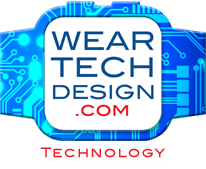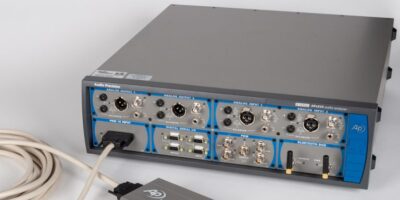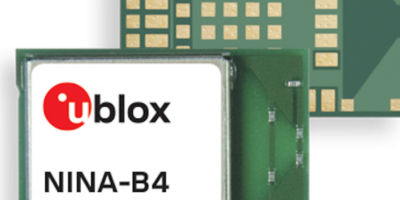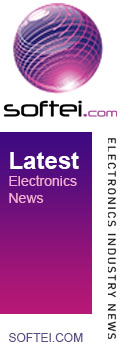Audio Precision has introduced a PDM 16 module for the company’s APx500 Series audio analysers. The module offers simultaneous acquisition and measurement of up to 16 channels of pulse density modulation (PDM) signals, making it the highest channel-count solution available for MEMS microphone and MEMS mic array testing, claims the company.
Latest News
Evaluation kit supports energy harvesting embedded controller
For the development of battery maintenance-free IoT equipment, Renesas Electronics has introduced the RE family, which encompasses the company’s current and future line-up of energy harvesting embedded controllers. The RE Family is based on Renesas’ proprietary Silicon on Thin Buried Oxide (SOTB) process technology. SOTB is claimed to dramatically reduce power consumption in both active and standby states, eliminating the need for battery replacement or recharging.
Bluetooth low energy module from u-blox includes direction finding
Features such as direction finding, long range and operation up to +105 degrees C make up the u-blox NINA-B4 series of standalone modules. They are designed for indoor positioning applications and for deployments in harsh environments.
High-side load switch uses reverse current blocking to improve reliability
The AP22912 is a 2.0A single-channel, slew rate-controlled load switch from Diodes. It has true reverse current blocking (TRCB) for high-side load-switching applications.
About Weartech
This news story is brought to you by weartechdesign.com, the specialist site dedicated to delivering information about what’s new in the wearable electronics industry, with daily news updates, new products and industry news. To stay up-to-date, register to receive our weekly newsletters and keep yourself informed on the latest technology news and new products from around the globe. Simply click this link to register here: weartechdesign.com







